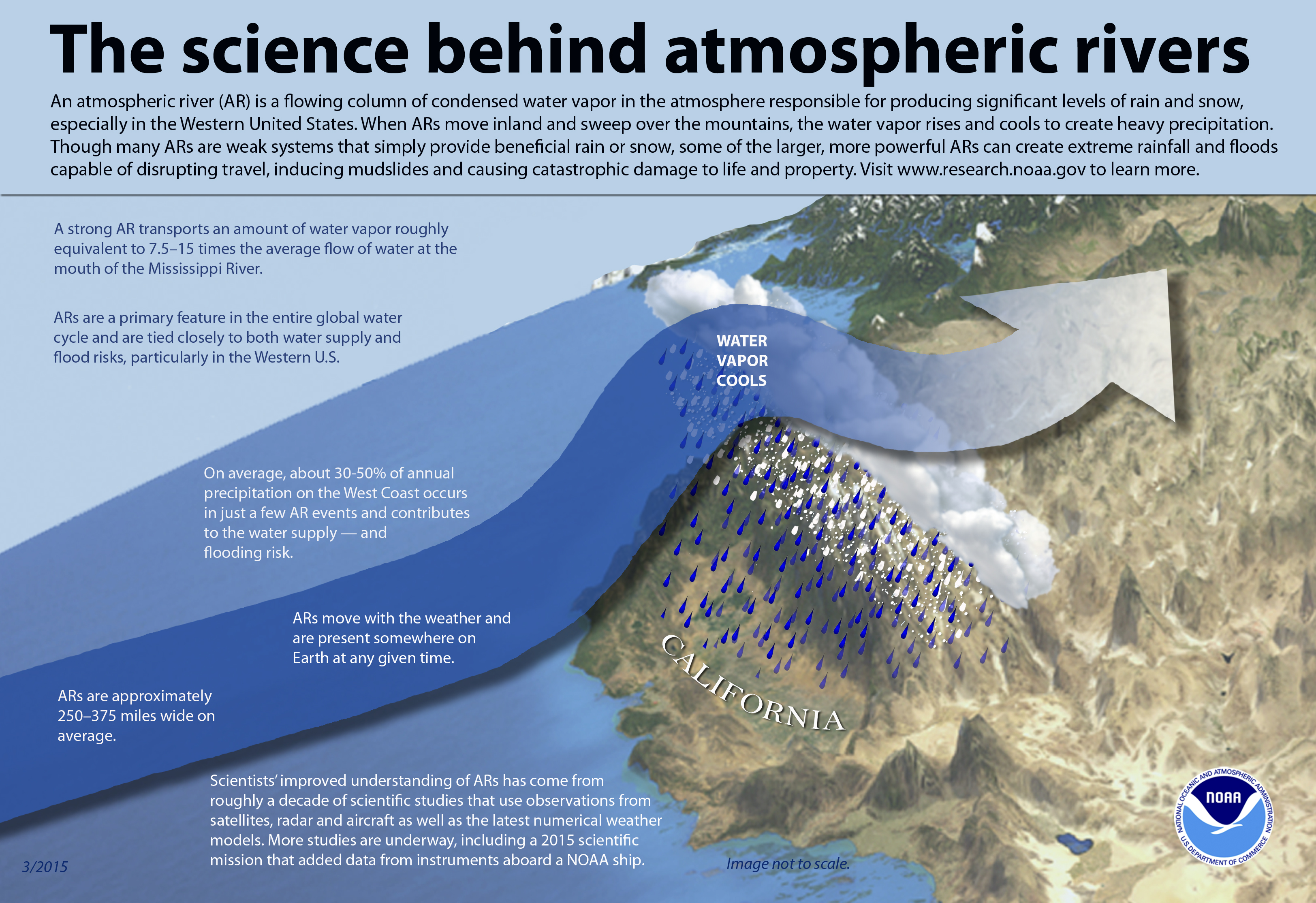Pandemic Becomes Endemic
Dec. 30th, 2021 07:18 pm"When will the pandemic end?" I'm sure billions of people have asked over the past 22 months. Medical science has a technical answer for this, relating to the Basic Reproduction Number, abbreviated R0 (R-naught), a measure of a virus's contagiousness. By that standard we're not to the "after" phase yet— particularly because Omicron seems to have a higher R0 than previous strains.
Recently I read an alternate definition of pandemic/post-pandemic based on a sociopolitical gauge. By that standard, the pandemic is over when we stop focusing on interdiction and instead shift to adaptation. I.e., we stop trying to stop the spread of the virus and instead focus on how to learn to live with it picking us off. But that is not a "Back to Normal" scenario; it's a New Normal. It is a scenario where the pandemic becomes an endemic. 😨
By that social definition we're already post-pandemic. We're into the endemic. 😱
What's the evidence for this? First, half the country, political, has been post-pandemic for at least a year already. That half is done with closures and limitations on indoors restaurants, clubs, gyms, concerts, etc.; done with masking requirements (indeed several states have made it illegal to require masks anywhere); done even with social distancing. And approximately 30% of the country say they will never, ever get the Coronavirus vaccination.
Sadly it's not just the reality-denying wing of the US that's basically given up on trying to stop the pandemic and focused instead of learning to live— or tolerated acceptable losses— with it. It's our Democratic leadership, too. President Biden's speech on the pandemic 10 days ago was all weaksauce stuff. He promised to get us more tests— which haven't arrived! Everyone I've spoken to about Coronavirus is scrambling to find one! And he sent the military in to bolster hospitals that are becoming short-staffed due to insufficient resources and burnout.
Days later the CDC announced a new, shorter recommending quarantine period for people infected. The reduction was not because medical science says less time is needed but because the government recognized virtually nobody was quarantining anyway and hopes a shorter time will get more people to comply.
Crucially, these are not measures to stop the virus; they are only measures for us to figure out how to live with it— and to accept 1,000+ US deaths per day (note: that's 9/11 THREE TIMES A WEEK!!!) from it.
Recently I read an alternate definition of pandemic/post-pandemic based on a sociopolitical gauge. By that standard, the pandemic is over when we stop focusing on interdiction and instead shift to adaptation. I.e., we stop trying to stop the spread of the virus and instead focus on how to learn to live with it picking us off. But that is not a "Back to Normal" scenario; it's a New Normal. It is a scenario where the pandemic becomes an endemic. 😨
By that social definition we're already post-pandemic. We're into the endemic. 😱
What's the evidence for this? First, half the country, political, has been post-pandemic for at least a year already. That half is done with closures and limitations on indoors restaurants, clubs, gyms, concerts, etc.; done with masking requirements (indeed several states have made it illegal to require masks anywhere); done even with social distancing. And approximately 30% of the country say they will never, ever get the Coronavirus vaccination.
Sadly it's not just the reality-denying wing of the US that's basically given up on trying to stop the pandemic and focused instead of learning to live— or tolerated acceptable losses— with it. It's our Democratic leadership, too. President Biden's speech on the pandemic 10 days ago was all weaksauce stuff. He promised to get us more tests— which haven't arrived! Everyone I've spoken to about Coronavirus is scrambling to find one! And he sent the military in to bolster hospitals that are becoming short-staffed due to insufficient resources and burnout.
Days later the CDC announced a new, shorter recommending quarantine period for people infected. The reduction was not because medical science says less time is needed but because the government recognized virtually nobody was quarantining anyway and hopes a shorter time will get more people to comply.
Crucially, these are not measures to stop the virus; they are only measures for us to figure out how to live with it— and to accept 1,000+ US deaths per day (note: that's 9/11 THREE TIMES A WEEK!!!) from it.

![Walking the cliffs at Soberanes Point, Garrapata State Park, Calif [Aug 2021] Walking the cliffs at Soberanes Point, Garrapata State Park, Calif [Aug 2021]](https://ic.pics.livejournal.com/canyonwalker/33413618/769255/769255_original.jpg)
![Closeup of ice plant on California's Central Coast [Aug 2021] Closeup of ice plant on California's Central Coast [Aug 2021]](https://ic.pics.livejournal.com/canyonwalker/33413618/769285/769285_original.jpg)
![Making Challah, take 2 [Dec 2020] Making Challah, take 2 [Dec 2020]](https://canyonwalker.dreamwidth.org/file/10709.jpg)
![Making Challah, take 2 [Dec 2020] Making Challah, take 2 [Dec 2020]](https://canyonwalker.dreamwidth.org/file/11280.jpg)
![Making Challah, take 2 [Dec 2020] Making Challah, take 2 [Dec 2020]](https://canyonwalker.dreamwidth.org/file/10857.jpg)
![Making Challah, take 2 [Dec 2020] Making Challah, take 2 [Dec 2020]](https://canyonwalker.dreamwidth.org/file/11171.jpg)
![Making Challah, take 2 [Dec 2020] Making Challah, take 2 [Dec 2020]](https://canyonwalker.dreamwidth.org/file/10299.jpg)
![Enjoying Fresh Challah [Nov 2020] Enjoying Fresh Challah [Nov 2020]](https://canyonwalker.dreamwidth.org/file/2238.jpg)